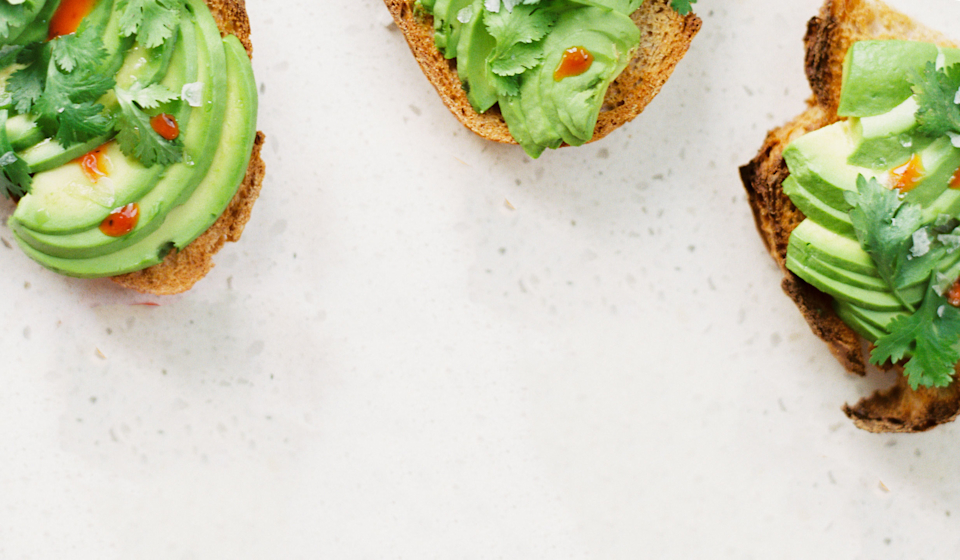We’ve all seen the clickbaity headlines and seductive Pinterest fodder. “It takes 21 days to form a habit.” “How to quit smoking in 5 days.” “How to trick your brain into craving the gym.” Thanks to the convergence of media (social and otherwise) and the ever-continuous rise of the self-help industry, it seems as though our collective thinking around habit formation has gone the way of the New Year’s resolution—that is, too aspirational for its own good. (As a reminder, about 80% of resolutions fail within the first 30 days.*)
So let’s talk truths, shall we? As attractive as life-hacking your way to better habits sounds, in reality, we need to understand that there’s not really a fast-track solution, nor a catchall formula. That’s because habit formation is, by nature, a very personal thing—while there’s a general framework for how it all happens in the brain, we’re left to fill in the blanks with our own experience and knowledge of what makes us tick. And more often than not, that takes a little trial and error to figure out. That’s why the idea that “it takes 21 days to form new habits!” can be a bit misleading—in reality, the average amount of time hovers around 66 days (according to a study led by Phillipa Lally at the University College London), and can range individually from 18 to 254 depending on the type and scope of the habit. (The same goes for changing a bad habit, by the way.)
If this seems a little disheartening, hear us out: If you think about it, understanding the realities of habit formation is actually kind of a powerful thing. It relieves the unnecessary pressure to stick to a certain timeline, as well as the frustration of being unable to meet it. It’s a reminder that what works for a friend might not work for us, and vice versa. And above all else, it’s an invitation to start slow and small, because that’s more likely to set us up for success in the long term.
But in order to know what it actually takes to form a new habit, first we need to dive into exactly what happens in the brain during that process.
The Habit Loop

The habit loop is the three-part cycle that, with enough time and repetition, illustrates how your brain puts a certain behavior on autopilot—effectively turning it into a habit. A lot of the research around this phenomenon has been spearheaded by Dr. Ann Graybiel at MIT. In the late ‘90s, Graybiel and her team began to connect how factors like behavioral triggers and positive reinforcement help drive habit formation in the brain.*







